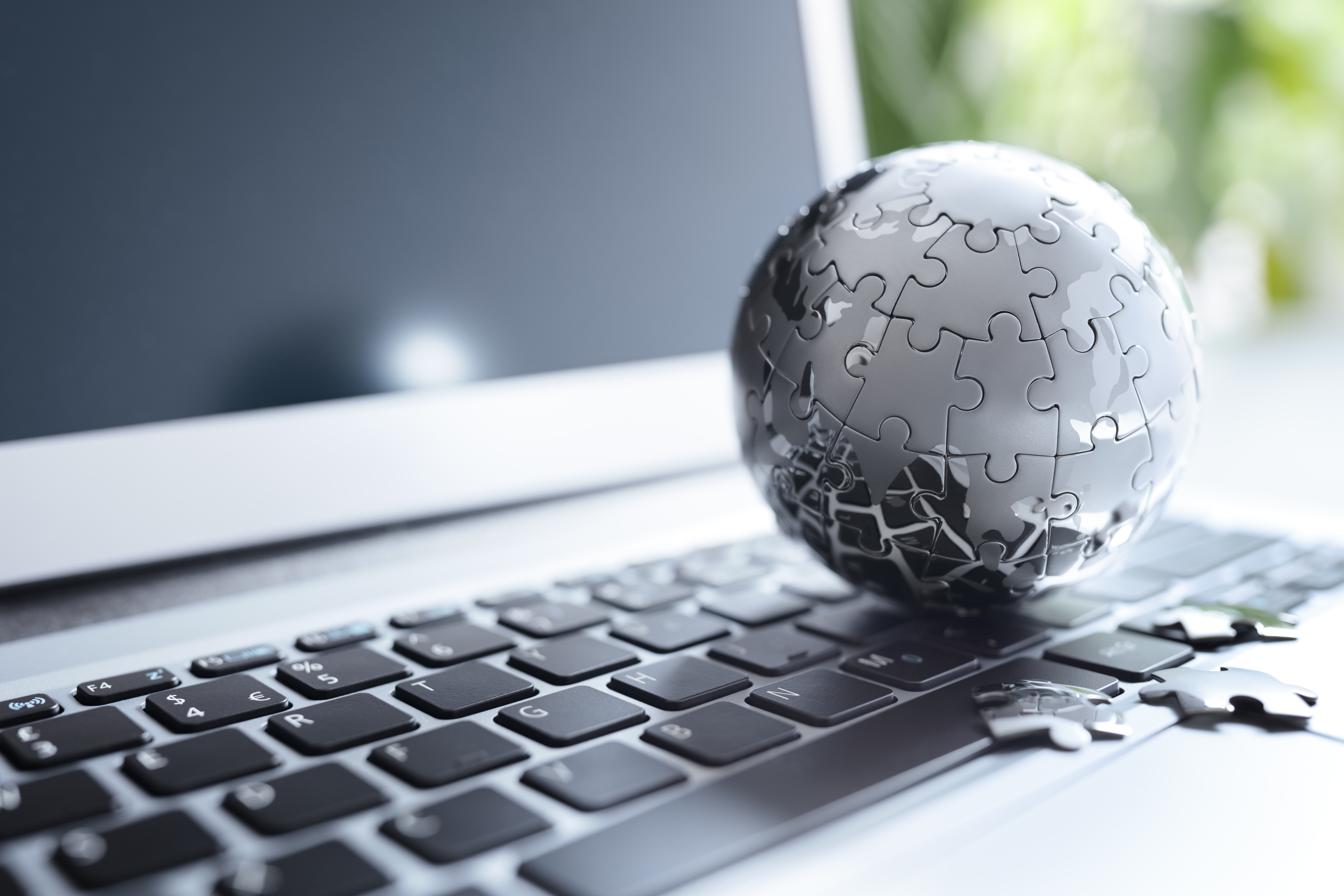HOW THE INTERNET OF THINGS CAN ENHANCE YOUR BUSINESS

The Internet of Things (IoT) is fast becoming the hot topic for businesses as it combines existing technology with communication. This article will discuss the benefits and the drawbacks of IoT in this digital transformation climate. So, what is IoT? ‘A network of items that collect and exchange data, using embedded sensors.’ This means that any device that can connect to the internet is included, its aim is to break down silos as ideas are shared thus conjuring innovation. Here are some product examples:
Everyday use:
Coffee machines
Mobile phones
Cars
Lights
Headphones
Platforms:
Amazon Web Services
Microsoft Azure
ThingWorx IoT Platform
IBM's Watson
Cisco IoT Cloud Connect
These products have been created to enhance the user’s life by freeing up autonomous tasks, so the individual can spend time on more skilled activities. These can either be achieved for both short term and long-term benefits.
Day to day examples:
Your alarm clock sending a signal to your coffee machine to start brewing as soon as you wake up
Your car sending an automatic text to your boss saying you’ll be late, when there’s heavy traffic
A device on your gas cylinder ordering a new tank when it starts to run low
Business examples:
Office equipment automatically reordering itself as soon as it runs low
Devices worn by employees to monitor when and where they are most active
Organisations have prepared long term plans for improving how we live, using IoT. The creation of smart cities is top priority as it will help sustain the future; waste will be reduced, efficiency will be improved as energy use will be changed and employees will once again have a positive work/life balance.
Businesses will be the top adopter of IoT solutions because they will use IoT to lower operating costs; increase productivity; and expand to new markets or develop new product offerings. Governments will be the second-largest adopters. Business Insider conducted research in 2016 and it was concluded that there will be over 25 billion IoT technologies by 2020; that is 4 devices per person across the globe.
An estimated $6 billion will flow into IT solutions over the next few years due to:
System integration
Device Hardware
Application development
Connectivity
Security
Data storage
It has been calculated that this will generate $13 trillion profit by 2025 and the benefits will be seen by consumers, governments and businesses. The increased communication and instantaneous results are very attractive qualities for potential clients, however some criticisms have been highlighted. The first criticism was discussed in The Baffler (2014) where David Graeber asked where is the extraordinary technology we expected would be here by now, i.e. flying cars, force fields, cloning and teleportation pods. His answer,
‘Technological development was re-focused so that it wouldn’t threaten existing seats of power and authority’. The Atlantic (2015), added to this theory by stating that IoT makes your life so much easier however the truth is that: ‘Innovation and disruption are foils meant to distract you from the fact that the present is remarkably similar to the past, with you working even harder for it.’ (The Atlantic, 2015)
The second issue questioned was the risk of security breaches; as each item collects data and then transfers it between other items – so a hacker could access all your banking information, by breaking into your toaster’s system. ‘Our dependence on technology is growing faster than our ability to secure it’ (ARS Technica, 2016)
The final risk raised with IoT is privacy being breached. A real-time example is a website called Shodan, and they claim to be the ‘World’s First IoT Search Engine’. Members of the page can log in to this site and view live feeds from cameras around the world, these include: web cams, CCTV and even baby monitors.
The reason that these images are available for the public to see are because they use the Real Time Streaming Protocol (RTSP, port 554) to share videos and there’s no password authentication in place. Relevant authorities are aware of these breaches as the Federal Trade Commission are now beginning to act on deceptive and unfair business practices. Internet of Technologies was inevitable, as we now live in a ‘smart’ society. And although there are criticisms, this new level of communication can help corporations and governments vastly. Forbes (2016) concluded that this modernisation will change daily life for the better; create more efficient cities and increase leaner enterprises.

What do you think? Is IoT a positive aspect of digital transformation, or are the risks too high?





